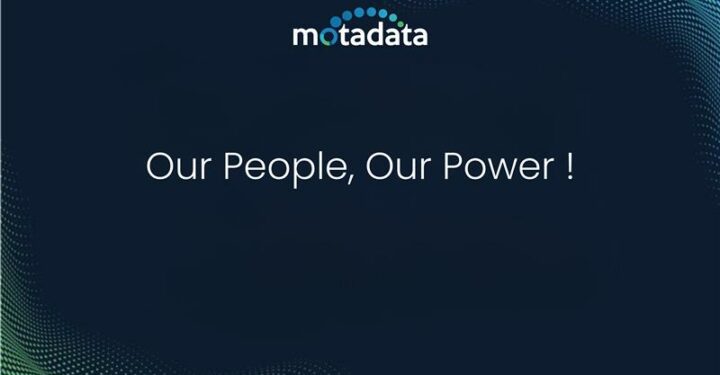Motadata’s Blog
Keep abreast of the latest developments from Motadata and stay informed about the best practices in the realms of network monitoring and ITSM.
5K+ people have already subscribed
Introduction If you're dealing with edge computing or IoT in your business right now, you've probably noticed the landscape is changing fast. Most industries—think manufacturing, healthcare, retail—are seeing a surge...
A Story of Courage, Commitment, and Career Breakthroughs In every organization, there are stories that go beyond metrics and milestones—stories that remind us of the human side of success. At...
In a multi-cloud environment, each cloud platform brings its unique tech stack to record events, manage services, set up configurations, manage user access and permissions, etc. While this allows you...
Any website is one of the most crucial components for a business in today's time. Whether you are an online business or a local business, having an online presence can...
Register to get 30 Days Free Trial
The Next-Gen ITOps Platform for Modern Enterprises.







